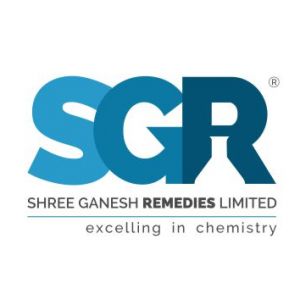The specialty chemicals space can be viewed as an amalgamation of parts – multiple segments having unique characteristics and correspondingly witnessing different industry dynamics. The definition of specialty chemicals varies widely across the industry, but generic specialty chemicals are which are used in low quantities (not in bulk) and are targeted towards specific end-use applications. From a financial perspective, a more tangible metric to distinguish between specialty and bulk chemicals is the EBITDA (Earnings Before Interest, Taxes, Depreciation and Amortization) margin of the business.
Specialty chemicals, by virtue of being high value, specialized products command higher margins than most bulk products. Globally, specialty chemicals are driven by extensive product R&D and innovation, which is a significant differentiator over the commoditized bulk chemical industry. However, in the Indian context, this line of demarcation is almost non-existent due to the genericized nature of the specialty industry. This also leads to a visible difference in margin structure of global and Indian specialty chemical companies.
Specialty chemicals can be sub-divided based on end-user driven segments, still few categories are used across several end-user segments for similar applications. The chemical group can be broken down into a mix of end-use driven segments (agrochemicals, personal care ingredients, polymer additives, water chemicals, textile chemicals, construction chemicals) and application-driven segments (surfactants, flavours and fragrances, dyes and pigments). These are the largest constituents of the specialty chemicals industry and cumulatively constitute over 80% of the specialty chemicals universe.
Segments within specialty chemicals vary in attractiveness and witness varying levels of competitive intensity, margin profiles, defensibility against raw material cost movements, and growth (including growth of the end-user segment in many cases). The nine segments cumulatively constitute a market of USD 18.8 bn in India and are expected to grow at 12% p.a. to reach USD 33.2 bn by 2019. The largest segments are agrochemicals and dyes and pigments; expected to grow at 11–12% p.a. Water treatment and construction chemicals, are expected to be the fastest growing segments with expected growth rate of 15% p.a. over 2014-19.
Market growth drivers: Domestic Demand and export opportunities
The growth for specialty chemicals is driven by both domestic consumption and exports. Specialty chemicals finding applications across consumer (eg. personal care chemicals), industrial (eg. water chemicals) and infrastructure (eg. construction chemicals) segments are driven by the overall growth of the Indian economy. Agrochemical growth has a strong linkage to the growth of the rural economy.
In certain segments (such as agrochemicals, dyes and pigments, flavours and fragrances), a significant proportion of production in India is exported. Exports are growing rapidly as India is becoming an important manufacturing hub for such chemicals. Tightening environmental norms in developed countries and the slowdown of China are contributing to the growth of exports. The recently launched “Make in India” campaign is also expected to add impetus to the emergence of India as a manufacturing hub for the chemicals industry in the medium term.
Key Success Factors
Low cost labour and raw material availability have been the advantages enjoyed by Indian manufacturing companies traditionally. Increasingly, though, specialty chemicals companies are focusing beyond these traditional cost advantages. In agrochemicals, for instance, the focus is largely on branding and distribution. Product development capabilities have become increasingly important across segments and account for the difference between top and bottom performers. Surfactants and dyes are areas where scale and operational efficiency are still the success factors, as these segments correspondingly have lower margins.


